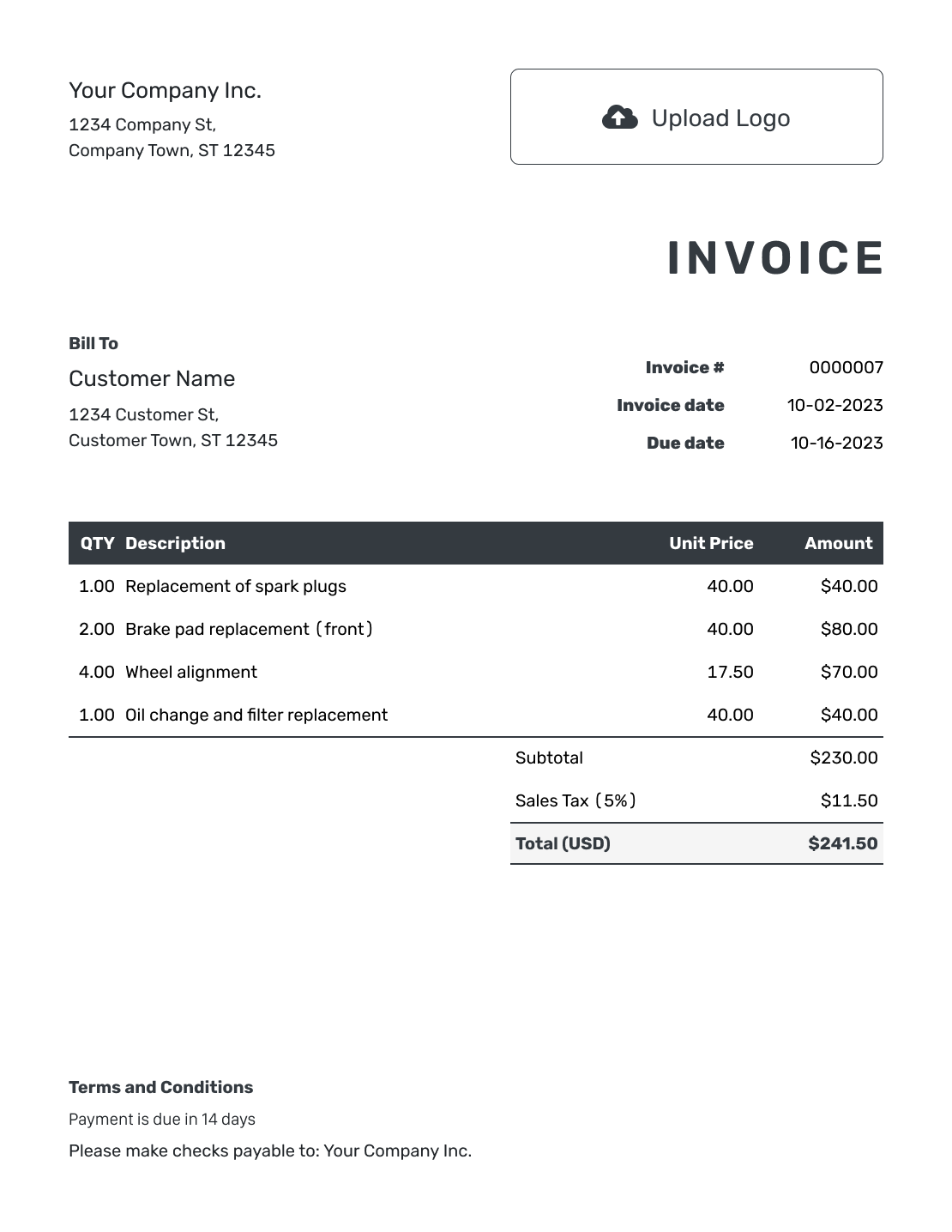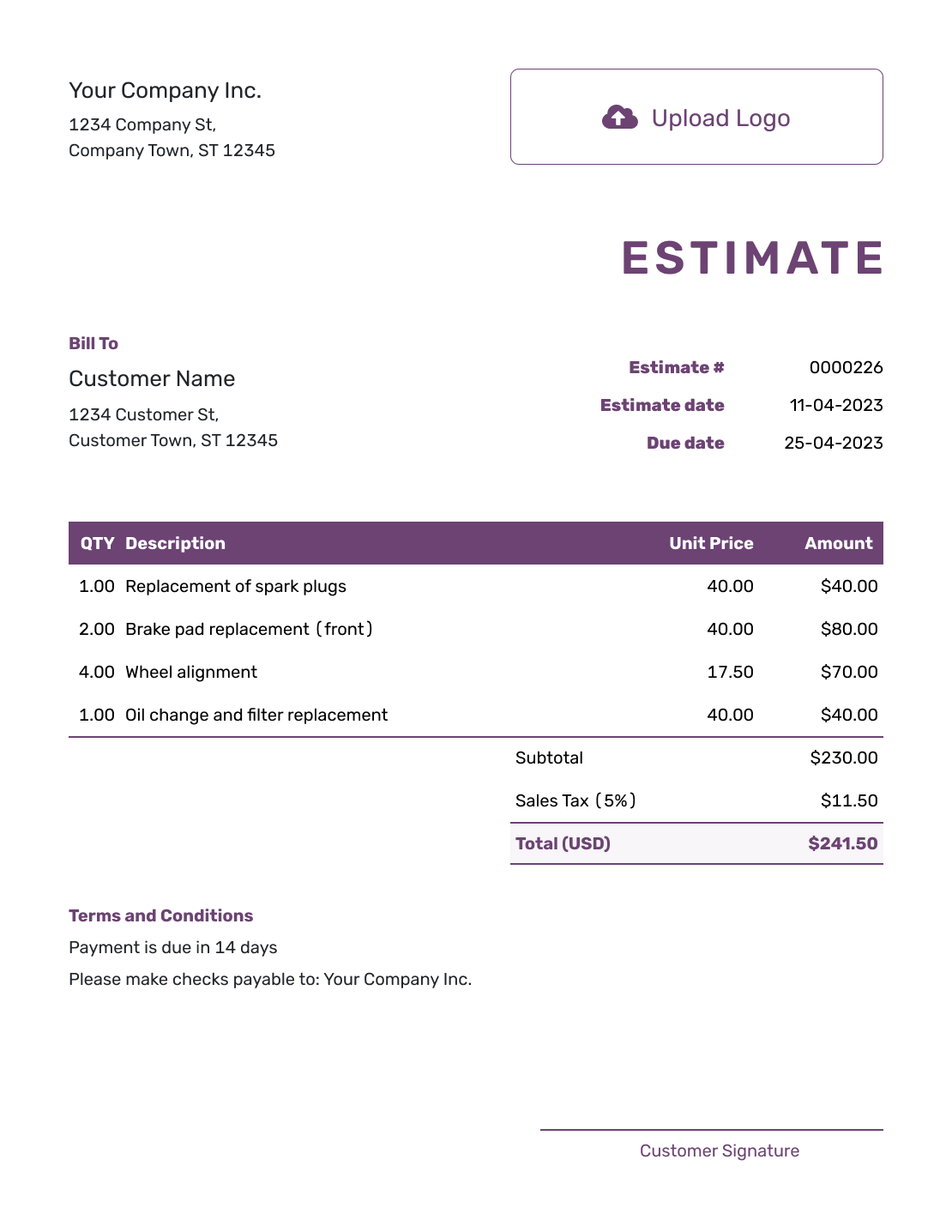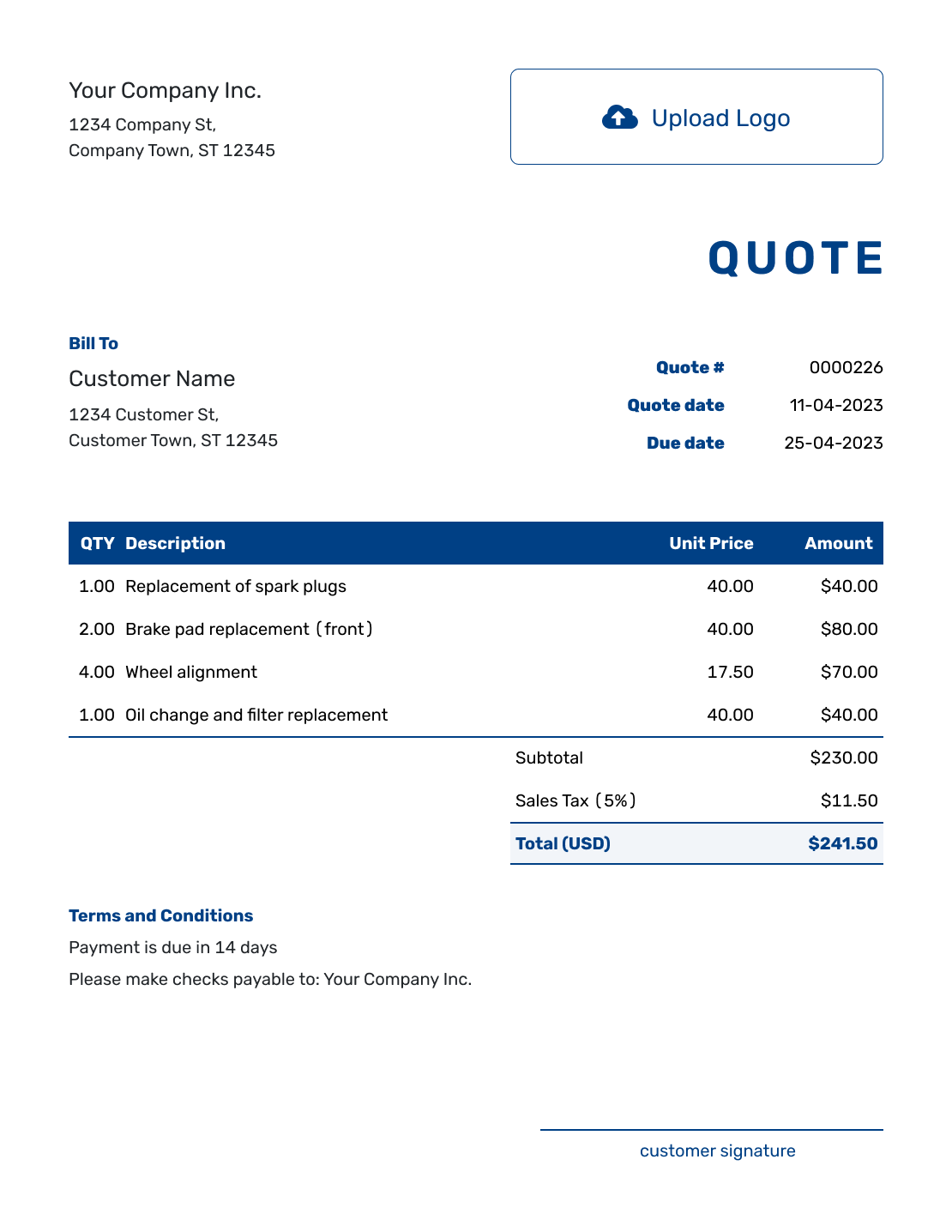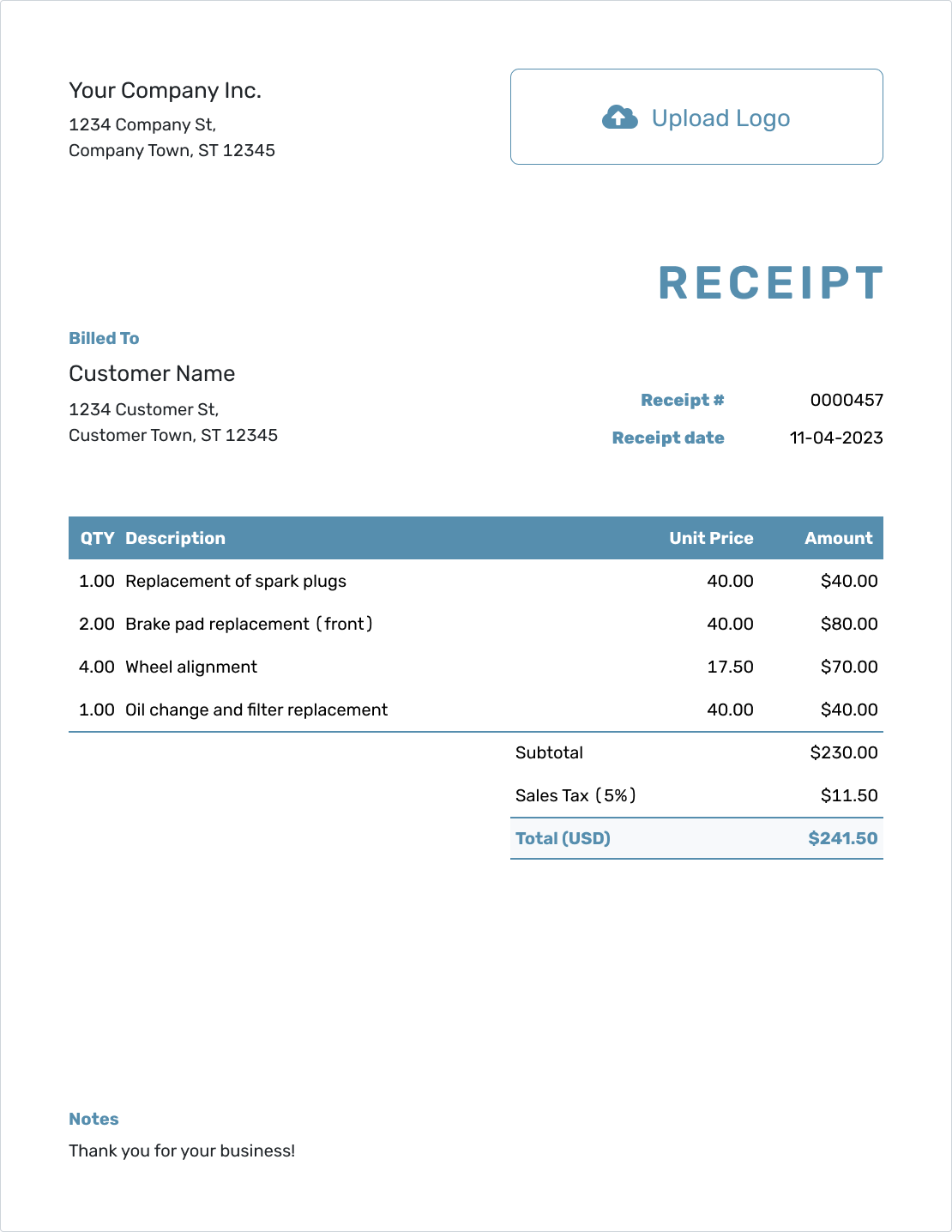Understanding
Current Assets
Est. reading time: 5 min

Current assets might sound technical, but they're just a fancy way of talking about the things your business owns that can quickly be turned into cash. Think of it as your business's most liquid resources—money and items you can easily sell or use to pay for day-to-day expenses.
What Are Current Assets?
Current assets are assets that your business can convert into cash within one year. They include things like the money in your bank account, products you plan to sell, and payments you're expecting from customers.
These assets are crucial for managing the short-term health of your business. Without enough current assets, it can be difficult to pay your bills or invest in growth opportunities.
Why Do Current Assets Matter?
Understanding your current assets is important for several reasons:
- Cash Flow: Current assets show how much money is readily available to run your business.
- Financial Health: Comparing your current assets to your short-term debts gives you an idea of your business's financial stability.
- Quick Decisions: Knowing what's available helps you act quickly when opportunities or unexpected expenses arise.
Types of Current Assets
Here are some common examples of current assets:
- Cash: This includes money in your bank accounts and petty cash.
- Accounts Receivable: Money owed to you by customers for products or services you’ve already provided.
- Inventory: Items or materials you’ve purchased or created and plan to sell.
- Short-Term Investments: Investments that can be quickly sold or converted to cash, like certain stocks or bonds.
- Prepaid Expenses: Costs you’ve paid upfront, like insurance or rent, which will provide a benefit within the year.
Together, these assets give you a snapshot of what resources your business has on hand for immediate use.
Tips and Examples
Here are some tips for managing and understanding your current assets:
- Track Accounts Receivable: Make sure customers pay on time so your cash flow stays strong.
- Avoid Overstocking: Keeping too much inventory can tie up money that could be used elsewhere.
- Review Regularly: Check your current assets often to ensure you're in a good position to cover short-term expenses.
- Prioritize Liquidity: Focus on assets that can quickly be turned into cash if needed.
Example:
Imagine your business has $10,000 in cash, $5,000 in accounts receivable, $7,000 in inventory, and $3,000 in prepaid rent. Your total current assets add up to:
| Total Current Assets = | $10,000 + $5,000 + $7,000 + $3,000 |
Total Current Assets = $25,000. This means you have $25,000 available to cover any short-term costs or emergencies.
The Docelf Advantage
Docelf helps you stay organized and on top of your business finances. With Docelf, you can:
- Track Payments: Monitor customer payments and ensure they're on time.
- Customize Documents: Create invoices, estimates, and receipts that match your branding.
- Stay Organized: Keep all your financial documents in one place for easier tracking and decision-making.
Ready to streamline your business finances? Try Docelf today and see the difference!




